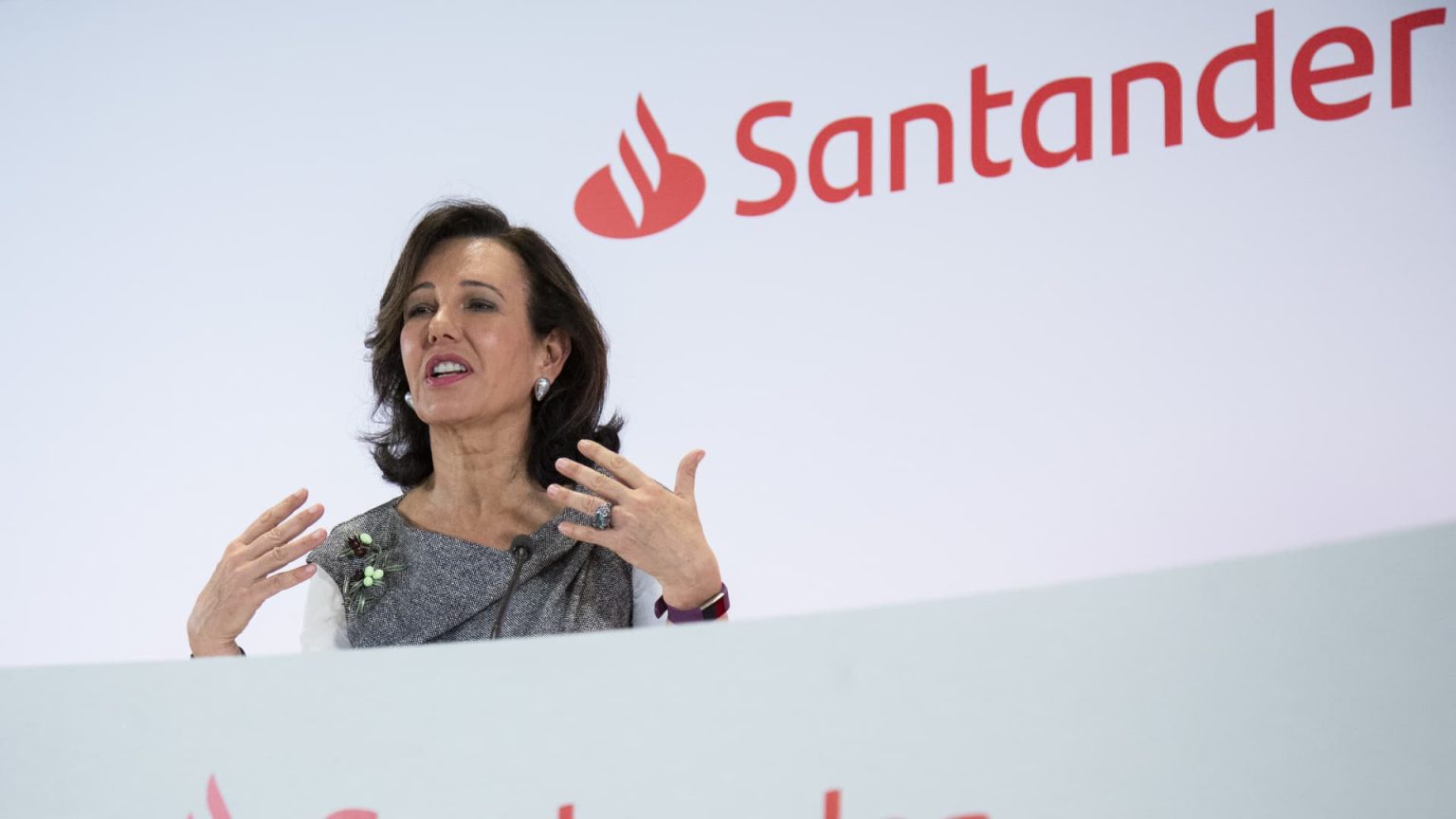Banco Santander ‘s stock is in rare form this year. The Spanish lender’s U.S.-listed shares are up 32% in 2023, on pace for their biggest annual gain since 2009 — when they rallied 73%. Santander’s year-to-date pop is easily outperforming major U.S. banks. JPMorgan Chase and Wells Fargo are up 14% and 5%, respectively in that time. Citigroup and Goldman Sachs and Bank of America are both down for the year. The advance comes after a tough 2022 for Santander, when its U.S. shares lost 10%. The stock is also down in four of the past five years. SAN YTD mountain SAN in 2023 Bank of America thinks the 166-year-old bank can build on its strong 2023 performance, saying it trades at a low relative valuation. “Santander is a global bank and has retained product factories within the group; this has a value, which we think is not adequately reflected in its valuation,” analyst Antonio Reale wrote last month. “Products like payments, consumer finance provide the group with scale and scope. This is while SAN trades on the lowest [price to pre-provision operating profit] multiple in Europe. … We believe that’s unjustified – reiterate Buy and top pick in Spain.” Reale has a price target of $5.09 per share on Santander’s U.S.-listed shares. That implies upside of more than 28% over the next 12 months. Last month, Santander reported second-quarter net income and revenue that exceeded analyst expectations. Net interest income and trading income also topped StreetAccount estimates. However, some analysts said they were concerned about the company’s Brazil business, which reported a much weaker-than-expected profit for the quarter. But Bank of America’s Reale said earnings in Brazil are “close to trough, approaching a key turning point with SELIC cuts due.” Selic refers to Brazil’s benchmark interest rate, which was cut earlier this month. On top of that, Reale said Santander has “de-risked its book, shifting its mix from subprime to prime clients. … We expect the auto market to remain resilient, aided by tight labour markets, excess savings, and high used vehicles prices.” — CNBC’s Michael Bloom contributed reporting.
Read the full article here




